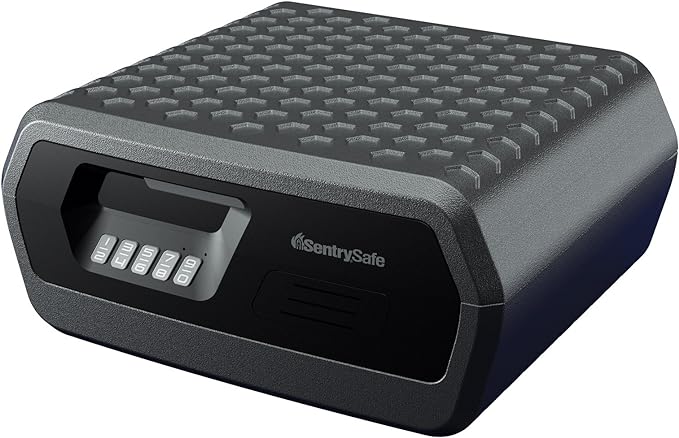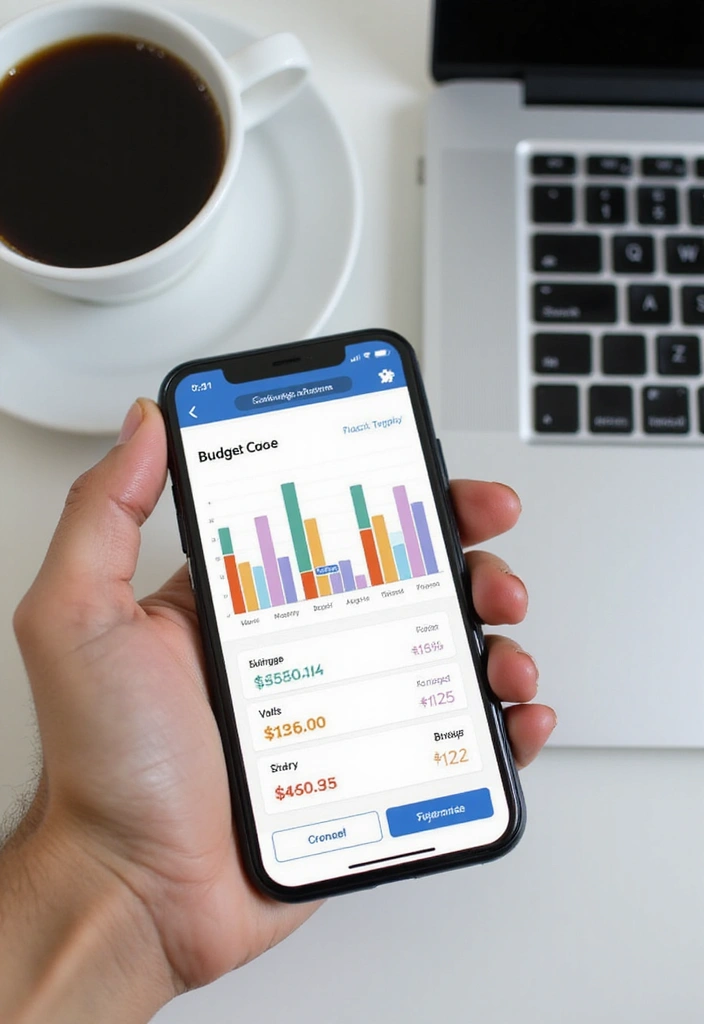Financial Preparedness: Building an Emergency Fund
In the world of self-reliance, we often talk about growing food, securing clean water, and staying warm when the grid goes down. But there’s another kind of preparedness that’s just as essential: financial preparedness.
Having an emergency fund is like keeping your pantry full or your woodshed stocked—it gives you options when the unexpected hits. Whether it’s a job loss, medical emergency, or even an unexpected car repair, your emergency fund can keep your life on track without turning to high-interest credit cards or loans.
So let’s talk about why it matters, how much you actually need, and how to build one—even if money’s tight.
Why You Need an Emergency Fund
Life throws curveballs. Financially speaking, those curveballs can be stressful and expensive. Here’s how an emergency fund helps:
- Peace of Mind – You’re not lying awake at night wondering how you’ll pay for that next surprise bill.
- Avoiding Debt – Emergencies without savings often lead to debt, and that can spiral fast.
- Freedom to Make Good Decisions – With money set aside, you’re not making rushed decisions out of desperation.
An emergency fund won’t solve every problem, but it gives you breathing room—and that’s a powerful thing.
How Much Should You Save?
The common rule of thumb is 3 to 6 months’ worth of expenses. But let’s get real—if you’re just starting out, that might sound impossible. That’s okay. Start small:
- Mini Emergency Fund: $500 to $1,000 to handle small emergencies (flat tires, urgent bills, etc.).
- Full Emergency Fund: Enough to cover your essential expenses for several months—think housing, utilities, groceries, gas, and insurance.
You can use this free budgeting worksheet from the Federal Trade Commission to estimate your monthly expenses and figure out your savings goal.
Where Should You Keep It?
An emergency fund needs to be accessible but safe. That means:
- Not in your checking account where it might get spent accidentally.
- Not in stocks or risky investments, where the value could drop when you need it most.
The best option? A high-yield savings account. You can open one online, often with no minimum balance. A few reputable options include:
- Ally Bank
- Marcus by Goldman Sachs
- Discover Online Savings
You might also want to keep a small portion of your fund in cash at home, just in case ATMs or bank systems go down. A small fireproof safe is a smart place to stash a few hundred dollars for true emergencies.

How to Build Your Fund (Even If You’re Broke)
You don’t need to save it all at once. Here’s how to chip away at your goal:
1. Automate Your Savings
Set up automatic transfers—even just $10 or $20 a week—into your savings account. It adds up faster than you think.
2. Cut One Unnecessary Expense
Cancel one subscription, make coffee at home, or cook one extra meal each week. Take that saved money and stash it.
3. Sell Unused Stuff
Have old tools, gear, or gadgets sitting around? List them on Craigslist or Facebook Marketplace and turn clutter into cash.
4. Side Hustle
Consider a weekend side gig, freelance work, or seasonal jobs. Even short-term efforts can build your emergency fund quickly.
For those living a rural or self-reliant lifestyle, bartering or selling homemade goods (like soap, bread, or produce) can also bring in a little extra.
Keeping It Safe and Separate
Once you’ve built your fund, treat it like your food storage—you don’t touch it unless it’s truly necessary. Don’t dip into it for vacations, gifts, or things you want. It’s there for things you need when things go sideways.
Some folks like to label their emergency fund account with a name like “Hands Off” or “Only for Emergencies” to help avoid temptation.
Financial Preparedness = Freedom
Being financially prepared is one of the most powerful forms of self-reliance. An emergency fund gives you room to breathe and the ability to respond instead of react.
You don’t need to be wealthy to start building your fund—you just need to take the first step. Set a goal, automate a little savings, and watch it grow.
Recommended Tools & Resources
- High-Yield Savings Accounts:
Ally Bank
Marcus by Goldman Sachs
Discover Savings - Budgeting Worksheet (PDF):
FTC Make a Budget Worksheet - Fireproof Safe for Files, Important Docs and Cash:
SentrySafe Safe with Digital Keypad Lock - Fireproof & Waterproof Safe for Emegency Cash:
SentrySafe Fireproof Safe with Digital Keypad Lock - Cash-Only Budgeting System:
Envelope Budgeting Wallet System - Books for Further Reading:
“The Total Money Makeover” by Dave Ramsey
“Your Money or Your Life” by Vicki Robin
Pin it for later:
Want to remember this guide when you’re ready to start saving? Pin it, print it, or bookmark it—it might be the most important prep you ever make.

